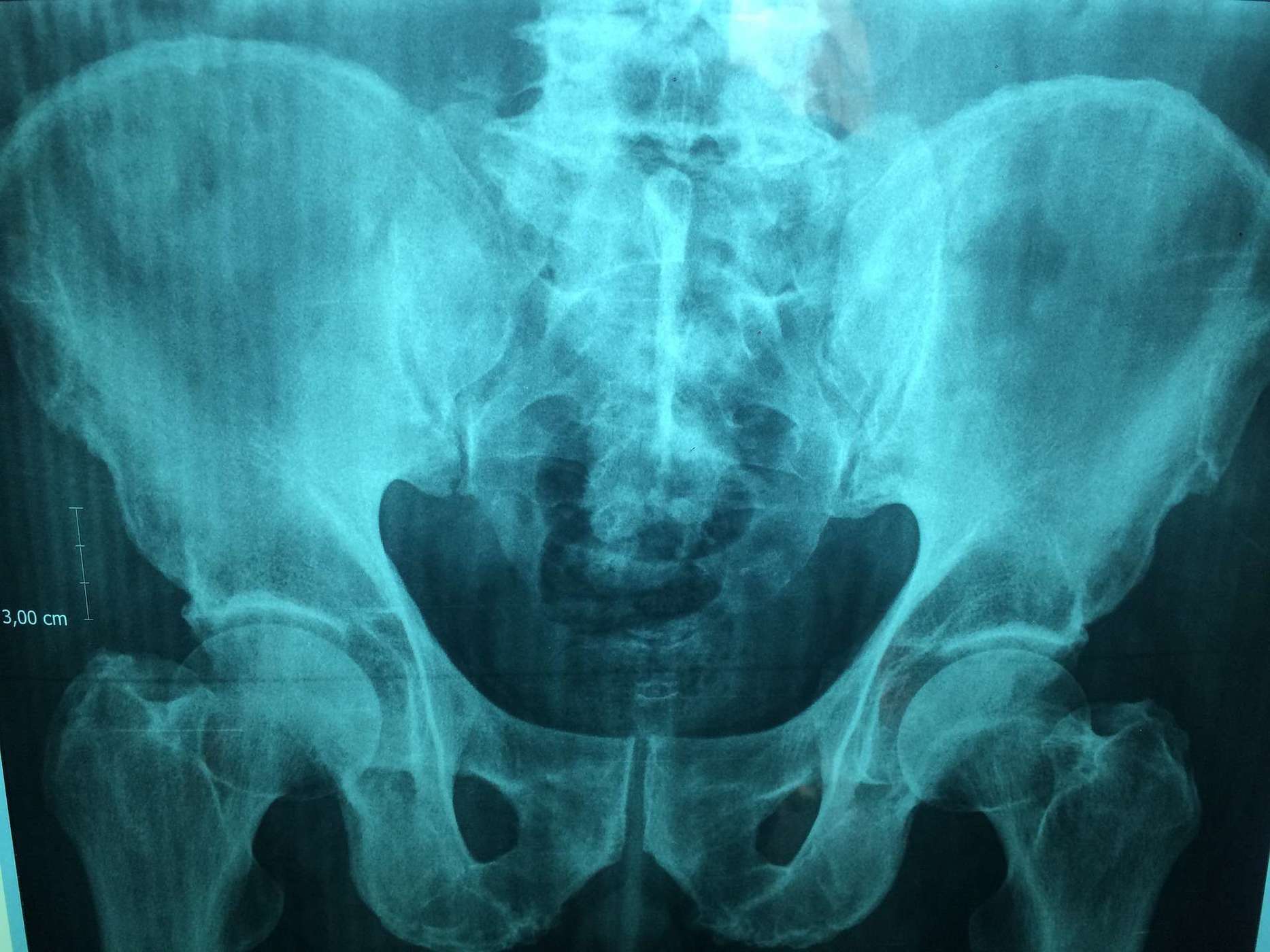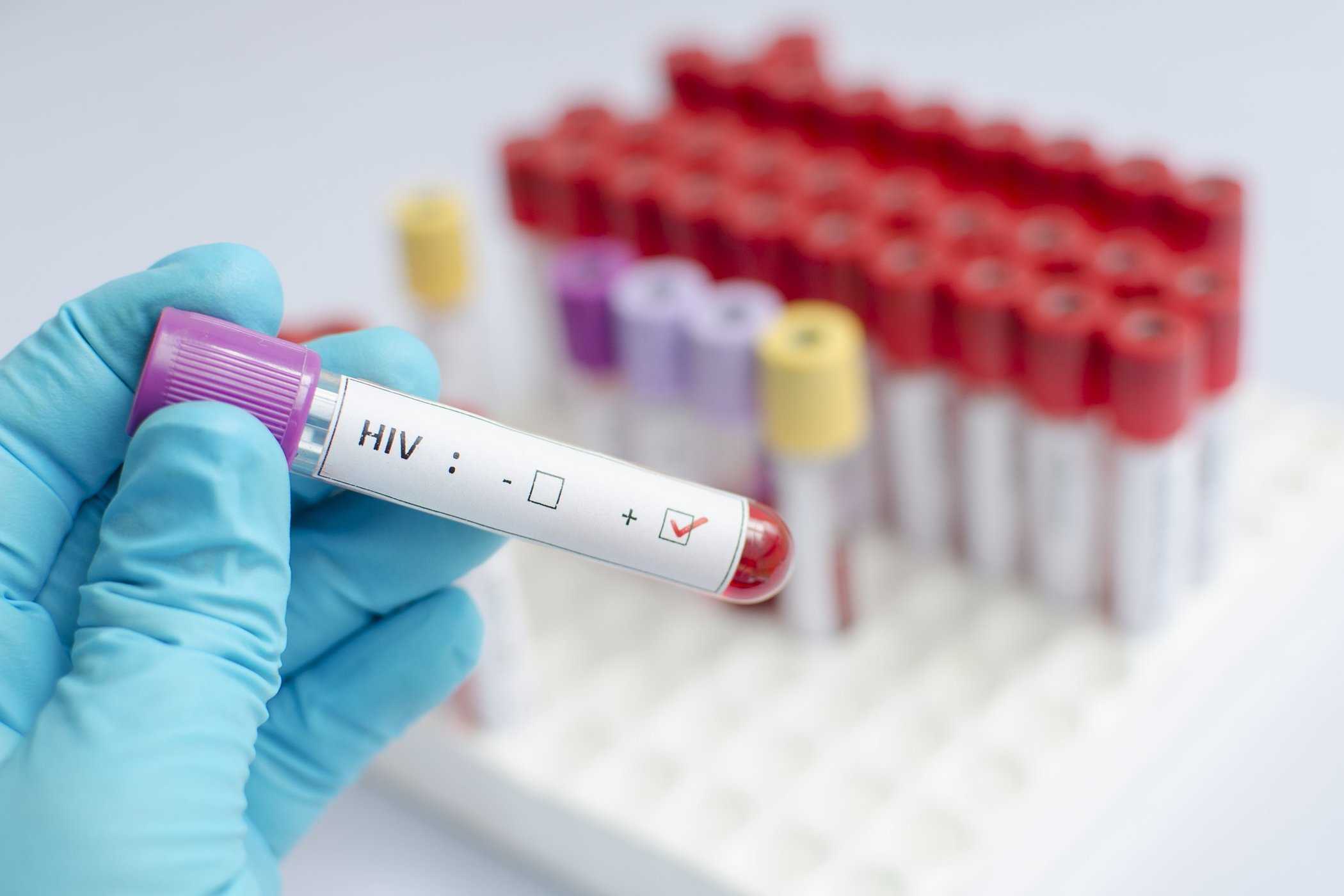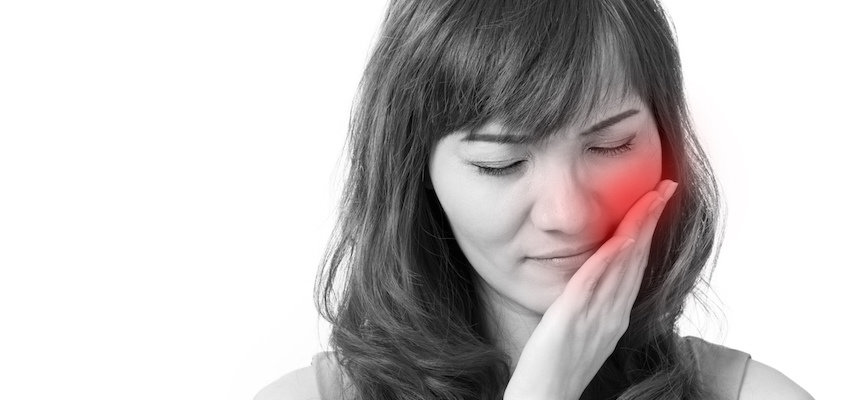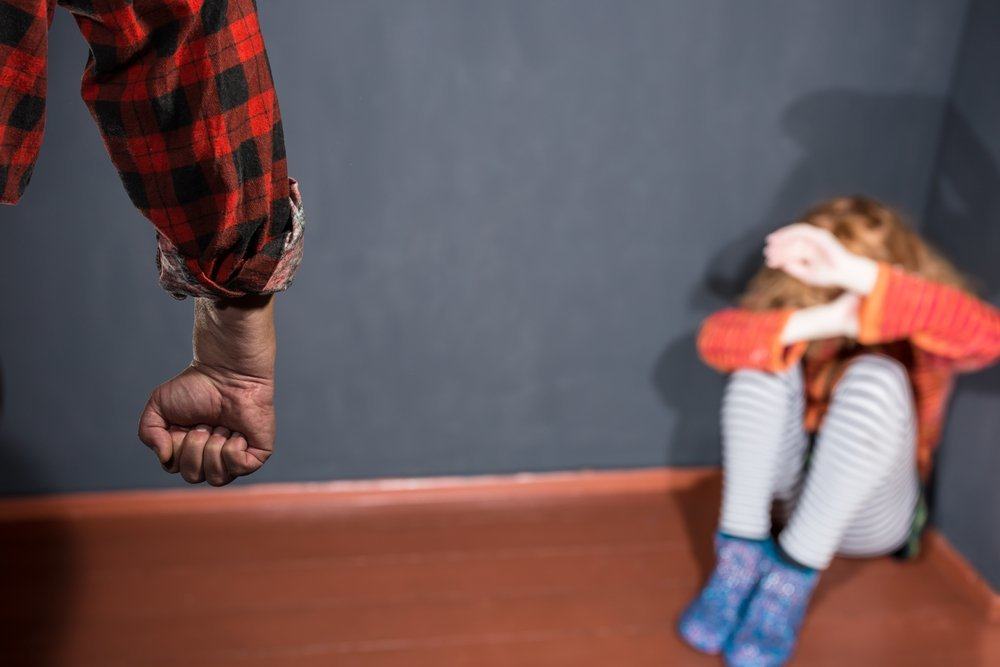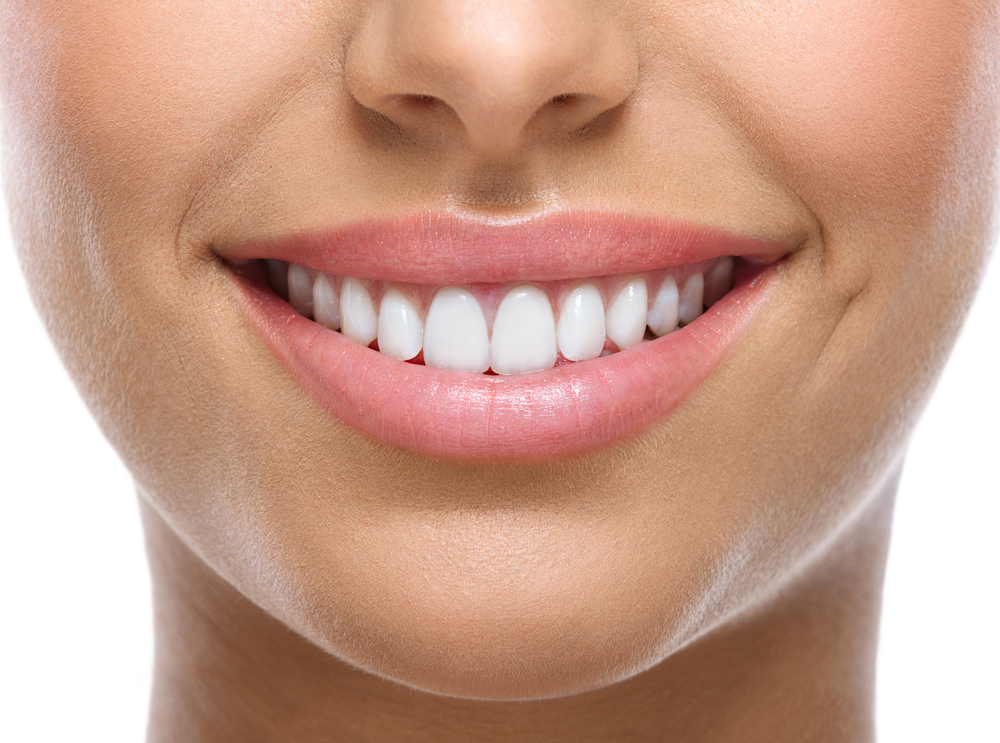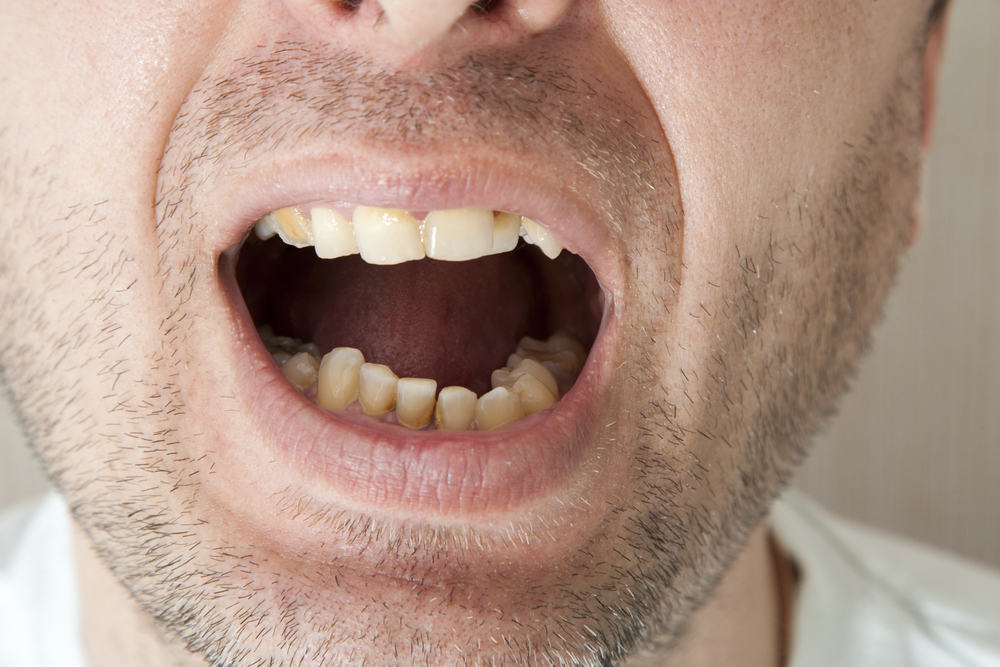Contents:
- Medical Video: What is a bone mineral density test?
- Why do I have to do a bone density test?
- Who should do the bone density test?
- How do I read my test results?
- Is my bone mineral density related to body mass index?
Medical Video: What is a bone mineral density test?
You may have heard the term bone density or bone mass test, or sometimes a bone mineral density test (BMD). They all refer to one common test to determine your bone health by measuring your bone mass. This test is used to diagnose osteoporosis, your risk of fractures, and measure your response to osteoporosis treatment. You can repeat the test every one or two years. This will allow doctors to diagnose you with osteoporosis and provide the right treatment for you.
Although there are several ways to test your bone density, the most commonly used method is called central absorptimetry, or the central DXA test. This test measures bone density in the hip and spine. Another type of bone mass test is a bone density test device to measure bone density in the lower arm, wrist, finger or heel.
Usually tests will be performed on easily broken bones such as your lower back bone, thigh bone (narrow neck next to your hip joint) and the bones in your arm. But bone density is different in other body parts. If the test results on one bone show you have bone disease, your doctor may want to examine other bones as well.
Why do I have to do a bone density test?
Bone tests can be used to measure your bone density. From the test results, your doctor can:
- See if you have weak bones or osteoporosis before the condition gets more serious.
- Predict and reduce the possibility of future fractures.
- See if treatment to increase bone density has improved your condition.
- Finding out whether treatment for osteoporosis works.
Who should do the bone density test?
Your bones have the ability to regenerate, but this ability will weaken with age. Women generally have lower bone density than men. It is recommended that all women over the age of 65 must have a bone density test. But if you are younger than 65 years and have a high risk of fractures, you still have to take the test too.
Aside from age, there are several signs that can be a warning for you to do bone density testing These signs include:
- Your spine x-ray shows a broken bone or bone loss.
- Back pain with possible fractures in your spine.
- Loss of height 1 cm or more in one year.
- The total decrease in height is 3 cm from your original height.
How do I read my test results?
After taking the test, you will be given a T-score: the number shows your bone density compared to the average number of healthy adults aged 30 years. The lower the amount you have, the more likely you are to have bone disease.
- From -1 to +1: Normal.
- From -1 to -2.5: You have low bone mass, even though it's not low enough to be diagnosed with osteoporosis. You should consider asking for drugs to prevent osteoporosis to help slow bone loss and prevent osteoporosis in your future. Your doctor may ask you to maintain healthy habits such as eating foods that are rich in calcium and vitamin D and doing exercise by holding loads such as walking, jogging, or dancing.
- From -2.5 or lower: You have osteoporosis. The lower the score, the more severe the osteoporosis. In this case, you should take medication.
Some drugs can slow or even reverse osteoporosis. Your doctor will advise you to take a screening test every year to check your progress.
Another result for the bone density test is the Z-score: the number shows your bone density compared to the average number of your age group. T-score and Z-score can be exchanged. Pediatricians use percentiles to interpret the child's height.
None of these scores can predict the risk of fracture unless you also know his age. Because the T-score and Z-score can be converted back and forth, your fracture predictions are the same with each other.
Is my bone mineral density related to body mass index?
Body mass index, often known as BMI, is measured by height and weight (BMI = weight / (height * height)). Your bone mineral density (BMD) is measured by scanning your bones.
It is proven that the lighter your weight is, when your BMI is <18.5, your risk for osteoporosis increases. If you are underweight, your bones are weak and can break easily. Thus, both BMI and weight can be associated with BMD. There is research on this but the results vary. Thus, the role of obesity as a risk factor for BMD, osteoporosis, and low fracture remains unclear.

